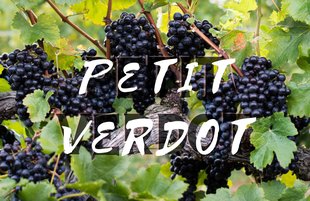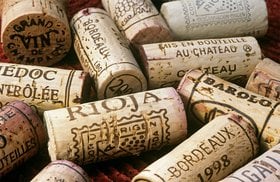Petit Verdot (Where It Grows, 10 Delicious Wines, Prices 2025)
How about a bottle of bold, seductive Petit Verdot wine?
Petit Verdot is an “underdog” blending grape used alongside Merlot, Malbec, Cabernet Sauvignon, Cabernet Franc, and Carmenere in making red Bordeaux wine. Today, winemakers, especially in the United States, also make delicious single varietal Petit Verdot wines.
In this article, we’ll discover what makes the bold Petit Verdot grape so unique, its wine regions, and the best Petit Verdot wines to buy in 2024. We’ll also show you a smart way to build a portfolio of fine wine easily!
Further reading
- Want to know what the World Of Wine Investment is all about? Get all your questions answered in our insider guide.
- Want to impress your guests with a Super Tuscan at your next dinner party? Take a look at the Magnificant Masseto or the lovely Ornellaia.
The Hardy Petit Verdot Grape
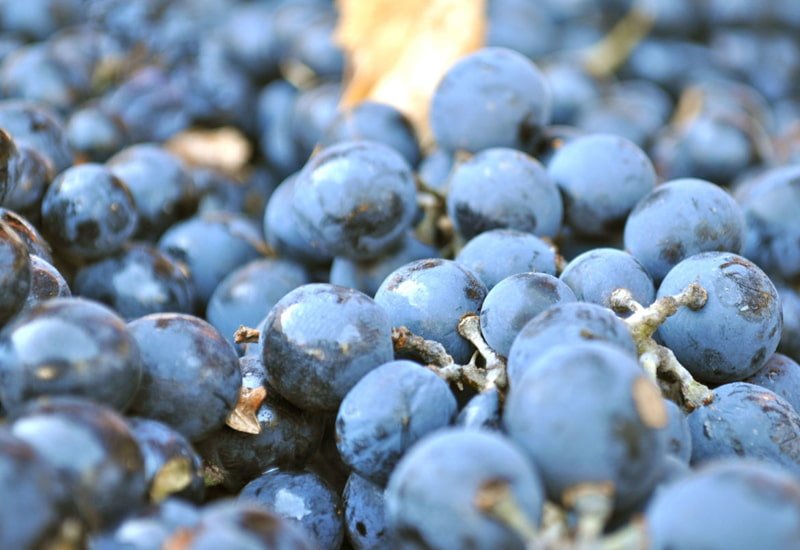
Petit Verdot (“little green one”) is a late ripening grape variety that winemakers have historically used in Bordeaux blends. This red wine grape was first grown in the Bordeaux region of France.
Its parentage may be a mix of Tressot and Duras grapes. Today, it goes by different synonyms in different regions - Petit Verdot Noir, Verdot Rouge, and Petit Verdau.
Petit Verdot’s definitive boldness and lateness in ripening make it a great addition (in small quantities less than 10%) to a classic Bordeaux blend. The resulting Bordeaux blend (red wine blend) has an inky, violet appearance and a highly tannic texture.
Petit Verdot berries have pigmented thick skin giving the Bordeaux wine the distinct bold hue.
The strong tannins make this captivating wine great for a wine collector’s cellar as well. The high tannin levels are also the reason why you may experience a distinct ‘stiffening’ mouthfeel in most Petit Verdot wine blends.
Younger berries give the wine an aroma of pencil shavings and bananas. Wines made with the fully-ripened Petit Verdot grape have an opulent aroma of leather and violets.
You’ll also taste flavors of lilac, lavender, vanilla, mocha, dried herbs, and flowers.
Although Petit Verdot is usually a minor grape in exquisite Bordeaux red wine blends, bold single varietal Petit Verdot are also gaining a following. The “little green one” grape is also used to make dry Rosé wine.
Now, let’s go over some of the historical highlights of the Petit Verdot grape.
The Origins of Petit Verdot

The versatile Petit Verdot is believed to have originated during the Roman era in warmer climates like the Mediterranean. Official records on the grape date back to the 1700s.
During the 1700s, Petit Verdot was an important red wine grape in the Medoc. But, wineries were compelled to remove many parcels of Petit Verdot vines in the Left Bank after a terrible phylloxera attack in the late 1800s. What little Petit Verdot remained was removed after the frost of 1956.
In the 1970s, Petit Verdot resurfaced in New World wine regions like California and Australia.
Today, Petit Verdot is mainly grown in the Medoc wine region (Bordeaux Left Bank) and in smaller quantities in the Bordeaux Right Bank appellations. It is also popular in some of the New World regions.
Petit Verdot Viticulture and Winemaking
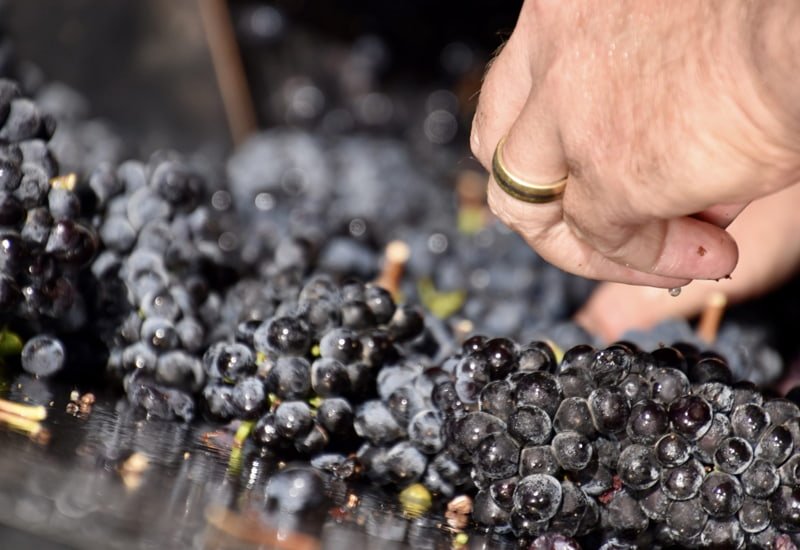
Petit Verdot has a unique nature of growing more than two clusters per shoot. The grapes are small, thick-skinned, and have high levels of anthocyanins (giving a distinct inky color to the wine.)
In Bordeaux, Merlot is harvested first, then Cabernet Sauvignon, and lastly, Petit Verdot. This allows more time for Petit Verdot to reach ripeness.
Compared to Bordeaux varietals, Petit Verdot needs warmer temperatures to flourish. The grape also needs warm, well-drained gravel soil to encourage ripeness and careful handling.
So in a typical winemaking process of a Bordeaux red blend, the berries are destemmed and crushed gently. The Bordeaux wine spends around 15 months aging in a mix of one-year-old medium-toast French oak barrels and new French oak barrels. Following this, the winemaker distills and bottles the wine.
The Petit Verdot Wine Regions
Besides France, other New World regions also grow the Petit Verdot grape. Let’s take a look at all of them.
France

These are some of the Bordeaux wineries that use Petit Verdot in their Bordeaux blends:
- Chateau Pichon Lalande: This vineyard has the largest parcels of Petit Verdot vines in the Medoc appellation.
- Chateau Palmer and Chateau Lagrange: These wineries use a small percentage of Petit Verdot in their Bordeaux wine.
- Chateau Fonbel: This St. Emilion vineyard has about 10% of its vineyard dedicated to this blending grape.
- Chateau La Lagune: The estate has 10% of Petit Verdot vine plantings in its vineyard.
- Chateau Bolaire: Half ofthis Bordeaux vineyard is planted with Petit Verdot - possibly the largest percentage in the Bordeaux region.
- Chateau Belle-Vue: 20% of the vineyard grows Petit Verdot berries. Interestingly, this was the first winery to produce single varietal Petit Verdot wines.
- Chateau Malescasse: The Petit Verdot grape grows on a 1.3 hectare patch in the Chateau Malescasse vineyard. The winery also makes single varietal wine.
Other Regions
Petit Verdot also flourishes in many other regions around the world:
- Spain: The regions of Jumilla, Mentrida, Almansa, and Castilla-La Mancha make some fantastic Petit Verdot wines.
- Italy: Lazio and Maremma (Tuscany) are two major Petit Verdot growing regions in Italy.
- Australia: South Australia is a great area to find Petit Verdot single varietal wine, particularly in Barossa Valley and McLaren Vale.
- USA: California has the largest percentage of Petit Verdot vines in the US. The best producer is Hendry Ranch in the Napa Valley. Petit Verdot vineyards can also be found in Washington State, Virginia, Arizona, Oregon, Maryland, and New Mexico.
- Chile: The Maipo, Aconcagua and Colchagua Valleys are the best producers of Petit Verdot wines.
- Argentina: The Petit Verdot wine made here goes under the label Fer.
- Portugal: There are some Petit Verdot vineyards in the Alentejo region.
- Others: Petit Verdot is also grown in Canada, New Zealand, Peru, and South Africa.
Food Pairings To Try With Petit Verdot Wine

Here are some dishes that’ll go remarkably well with your Petit Verdot:
- Meats: Roast lamb, lamb stew, roast pork, grilled steak, barbecue beef short ribs, ground beef burgers.
- Cheeses: You can enjoy a glass of Petit Verdot with smoked gouda, aged gruyere, aged cheddar, and pecorino.
- Herbs and spices: Dishes with sage, cumin, anise, clove, allspice, rosemary, smoked paprika, pepper, and turmeric will go nicely with the wine.
- Vegetables: Shitake and portabello mushrooms, lentils, black beans, truffle, onions, eggplant, black olives, dried cranberry and blueberry, raisin, and pomegranate.
Now for the best part!
8 Delicious Petit Verdot Wines To Buy in 2024 (Including Tasting Notes, Prices)
Here are some of the best Petit Verdot wine bottles:
1. 2015 Abadia Retuerta P V Petit Verdot Vino de la Tierra de Castilla y Leon, Spain
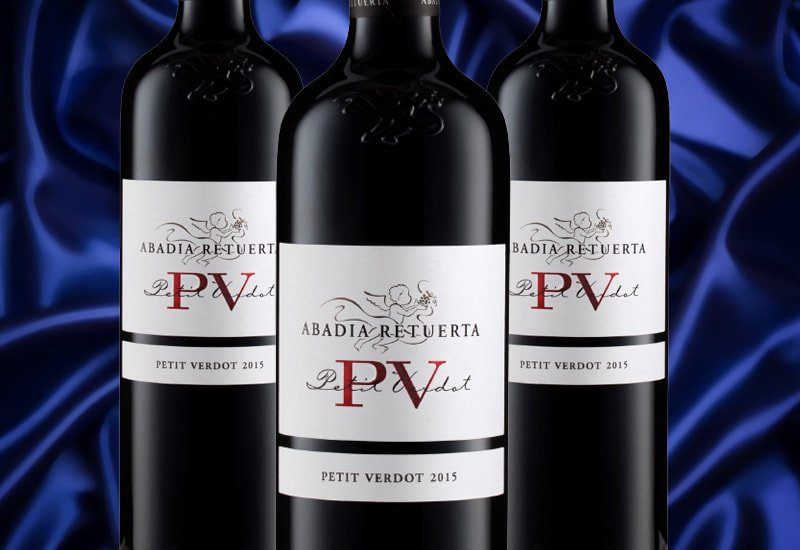
Here we have a well structured, elegant wine with hints of ripe red fruit, a subtle spiciness, and a floral aroma. The palate has sweet undertones and a smooth, refined finish.
Price of 2015 Abadia Retuerta P V Petit Verdot Vino de la Tierra de Castilla y Leon, Spain: $123
2. 2000 Abadia Retuerta P V Petit Verdot Vino de la Tierra de Castilla y Leon, Spain
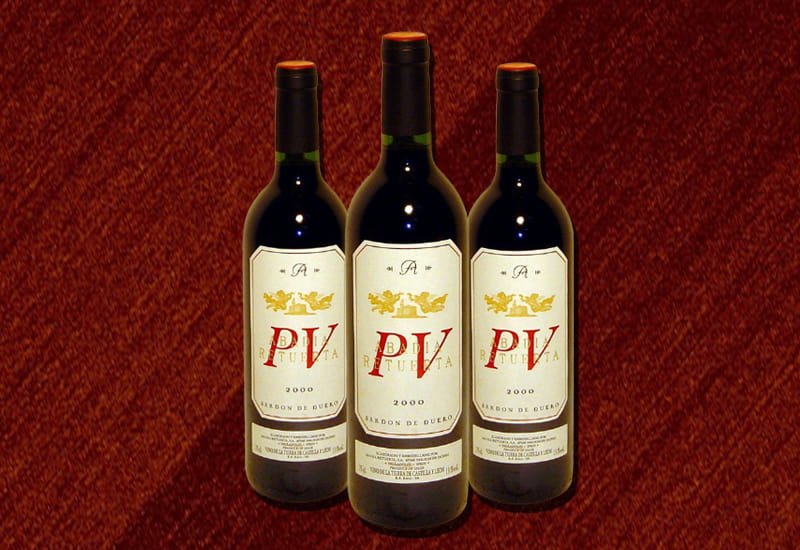
This velvety red wine has hints of mocha, plum, burnt caramel, and fresh bread tones. The flavor on the palate is mild with coffee and dark fruit notes.
Price of 2000 Abadia Retuerta P V Petit Verdot Vino de la Tierra de Castilla y Leon, Spain: $302
3. 2008 Passopisciaro 'Franchetti' Rosso Sicily, Italy
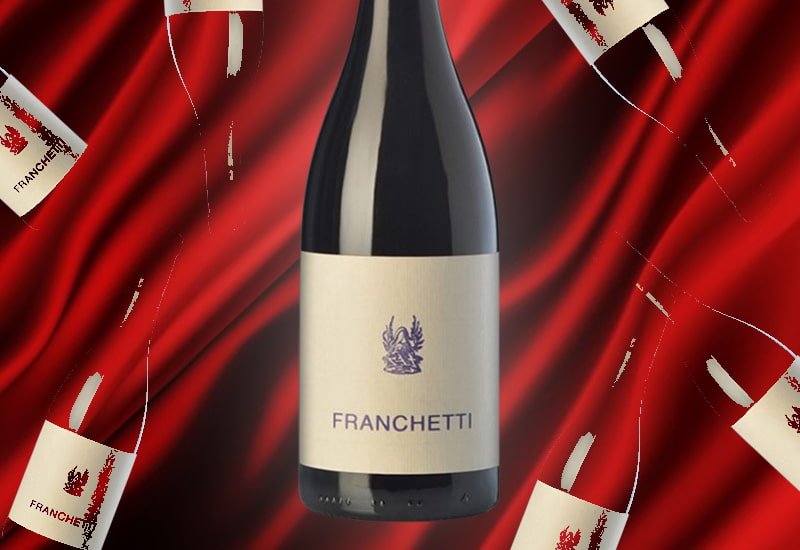
This ruby-hued wine by winemaker Andrea Franchetti has excellent structure and medium intensity along with hints of dried herbs, dark fruit, black cherry, and prune flavor. It has a ripe tannin mouthfeel and notes of charcoal, allspice, and raisin flavors. This red blend contains 60% Petit Verdot and 40% Cesanese d’Affile.
Price of 2008 Passopisciaro 'Franchetti' Rosso Sicily, Italy: $141
4. 2015 Collazzi 'Ferro' Toscana IGT Tuscany, Italy

This complex red wine has hints of charcoal and blueberry on the nose. Ripe black fruit, oak, spice, and tobacco are a part of the flavor profile, along with high tannin levels and a lasting finish. This red wine blend has 50% Cabernet Sauvignon, 25% Cabernet Franc, 20% Merlot, and 5% Petit Verdot.
Price of 2015 Collazzi 'Ferro' Toscana IGT Tuscany, Italy: $109
5. 2012 Campo alla Sughera 'Campo alla Sughera' Rosso Toscana IGT, Tuscany, Italy

Here we have a red blend with notes of cinnamon, tobacco, dried herbs, and a dried floral aroma. This sensational wine has a silky tannin texture and a fresh finish. The wine is a blend of 70% Petit Verdot and 30% Cabernet Franc.
Price of 2012 Campo alla Sughera 'Campo alla Sughera' Rosso Toscana IGT, Tuscany, Italy: $83
6. 2016 Teperberg 'Legacy' Petit Verdot, Judean Hills, Israel
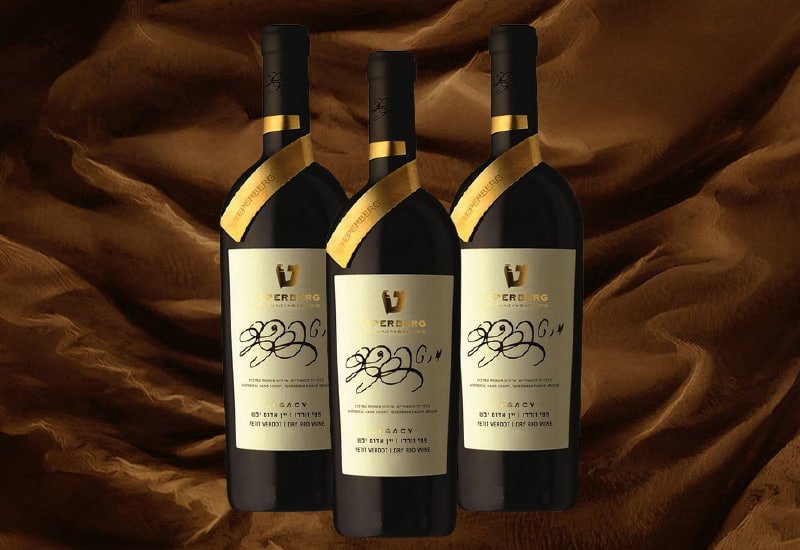
This 100% Petit Verdot wine has an aroma of dark fruit and spice with notes of plum, coffee, and wood on the nose. It has a noticeable acidity, a light tannin texture, and a long finish.
Price of 2016 Teperberg 'Legacy' Petit Verdot, Judean Hills, Israel: $59
7. 2011 Spring Valley Vineyard Sharilee Petit Verdot, Walla Walla Valley, USA

This delicious wine has bright notes of black cherry and lavender essence on the nose. It has hints of dark chocolate, dried herbs, and pepper on the palate, accompanied by a beautiful depth, acidity, and tannin mouthfeel.
Price of 2011 Spring Valley Vineyard Sharilee Petit Verdot, Walla Walla Valley, USA: $73
8. 2012 B. Leighton Olsen's Brothers Vineyard Petit Verdot, Yakima Valley, USA
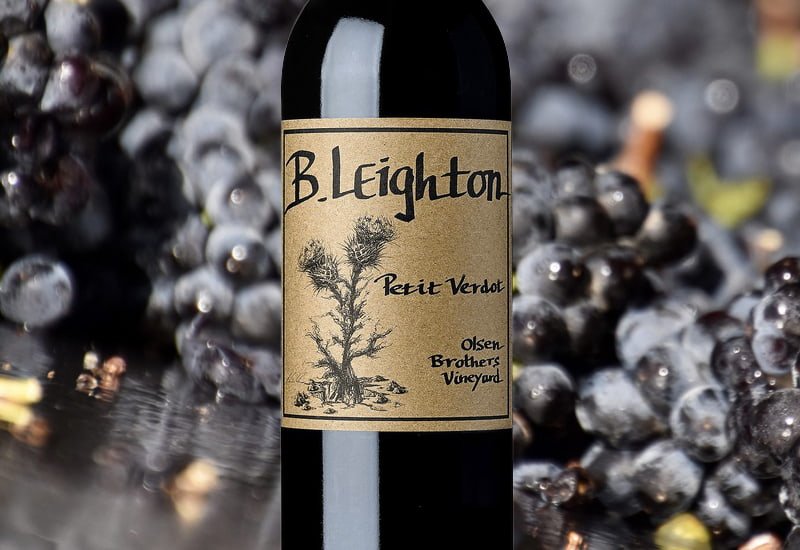
Here we have a wine with aromas of meaty, dark fruit, blueberry, damp earth and olive notes. It’s deliciously concentrated on the palate with notes of leather and black fruit, and a long finish.
Price of 2012 B. Leighton Olsen's Brothers Vineyard Petit Verdot, Yakima Valley, USA: $63
Now let’s explore if Petit Verdot wine is age-worthy or not.
Does Petit Verdot Wine Age Well?
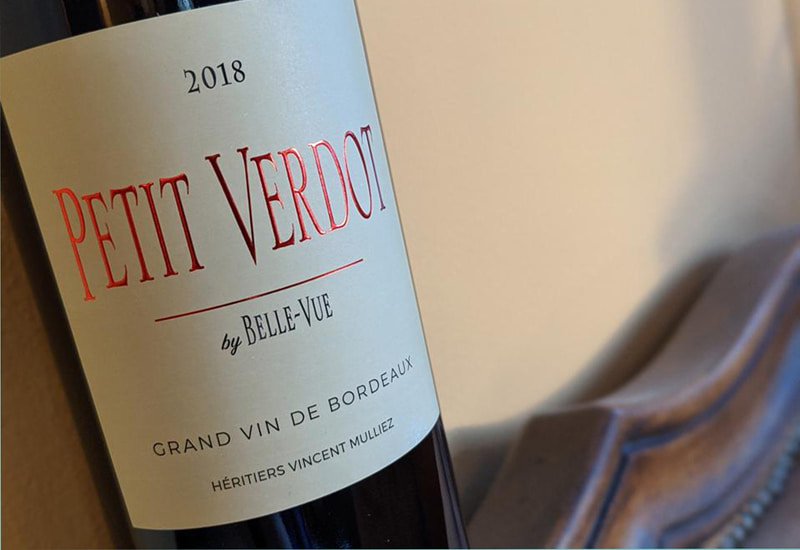
Petit Verdot wine develops well with age because of its bold tannin texture and high alcohol content, like Cabernets and Shiraz wines.
You can age a bottle of Petit Verdot wine for 10 years or longer, but you can also enjoy it upon release.
While Petit Verdot is a marvelous wine perfect for any wine enthusiast, it may not be a great long-term investment if you’re looking to make attractive profits.
If you’re looking for fine wine that will add value to your portfolio, you should build a portfolio with the help of a wine investment platform like Vinovest.
Build a Fine Wine Portfolio Easily Through Vinovest

Vinovest is a leading wine investment company that offers you a profitable and reliable way to invest in fine wine.
How does it work?
You only need four easy steps to get started:
- Set up your account with your email address, password, and name.
- Answer the questions about your risk appetite and investment preferences.
- Fund your account with $1,000 (minimum.)
- Let Vinovest curate your wine collection while you sip on a glass of your favorite Bordeaux wine!
What are the benefits?
Investing through Vinovest has terrific benefits:
1. Easy Buying and Selling
With Vinovest’s artificial intelligence platform, you can buy and sell your wines with just a few easy clicks.
2. Fantastic Prices
You can easily buy investment-grade wines at unbeatable prices as Vinovest sources wines from the best winemakers and wine merchants in the business.
3. Excellent Storage
All your wines are safely stored in bonded warehouses under optimal conditions.
4. Low Fees and Tax Advantages
Vinovest has lower fees than many other wine investment companies. You're looking at a 2.5% annual fee or 1.9% for a portfolio surpassing $50,000. This amount includes buying, selling, and storing wines, portfolio management, wine fraud detection, and insurance.
Added benefit: the bonded warehouses charge no VAT or excise duty on your wine cases - so you don’t have to worry about these overheads.
5. Curated Portfolio
Vinovest’s team of Master Sommeliers and data scientists will do the complex research and number crunching for you. This way, you get to build an impressive portfolio of wines in no time.
6. Authenticity
Vinovest traces your wine’s provenance to ensure its authenticity, so you don’t have to worry about purchasing a counterfeit bottle of Sauvignon Blanc, red blend, or any other wine.
7. Easy Delivery
You can have your bottles of wine delivered anywhere you want.
8. Ownership
What’s easily the best part is that you own each bottle of wine you purchase through Vinovest!
Sip a Petit Verdot While You Build a Wine Collection!

Petit Verdot is a noble grape variety that has historically given red wine blends their unmistakable hue and flavor. Today it’s also used to produce single varietal wines.
The wines would make excellent openers at a dinner party and are a must-have in any wine enthusiast’s cabinet.
And, if you’re keen to buy more investment-worthy bottles of wine, sign up on Vinovest to build your portfolio.
